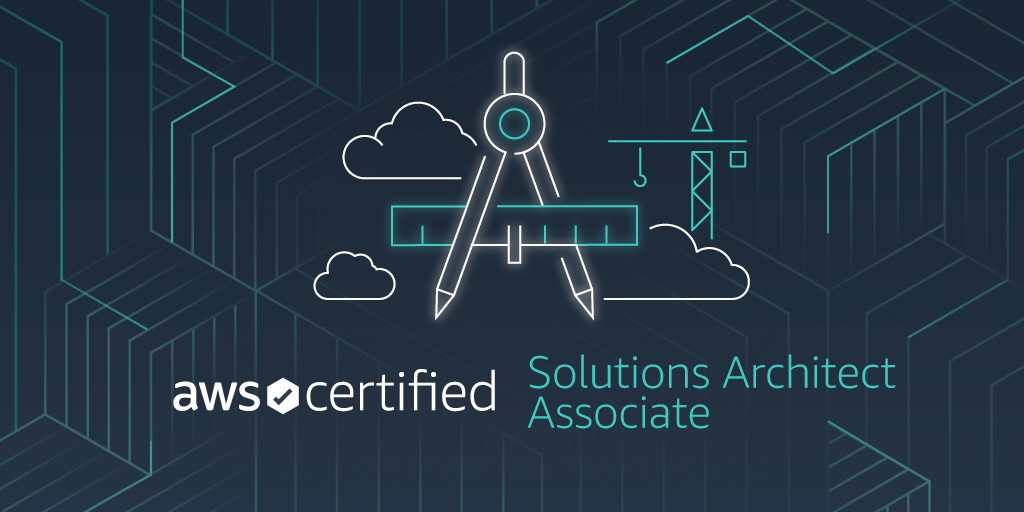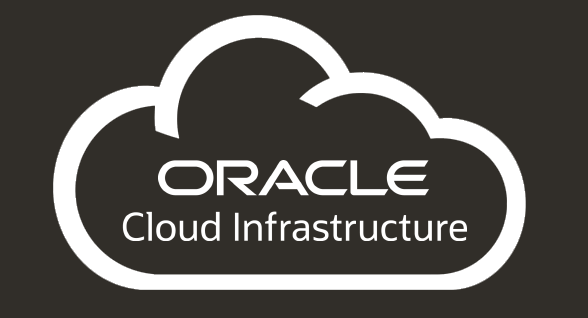1. Introduction to Advanced Cloud Computing
1.1 Overview of Advanced Cloud Computing Concepts
1.2 Importance of Best Practices in Cloud Management
1.3 Key Challenges in Cloud Optimization
2. Cloud Cost Management and Optimization
2.1 Understanding Cloud Pricing Models and Billing
2.2 Techniques for Cost Reduction
2.3 Rightsizing Instances and Resources
2.4 Utilizing Reserved Instances and Savings Plans
2.5 Spot Instances and Preemptible VMs
2.6 Implementing Cost Monitoring Tools (AWS Cost Explorer, Azure Cost Management, Google Cloud Billing)
2.7 Case Studies: Cost Optimization in Large-Scale Cloud Deployments
3. Advanced Security Best Practices
3.1 Enhancing Security Posture in the Cloud
3.2 Advanced Identity and Access Management (IAM) Strategies
3.3 Implementing Zero Trust Architecture in the Cloud
3.4 Data Protection and Encryption Best Practices
3.5 Compliance and Governance in Cloud Environments
3.6 Case Studies: Securing Sensitive Data and Applications in the Cloud
4. Performance Tuning and Optimization
4.1 Optimizing Compute Resources for Performance and Efficiency
4.2 Storage and Database Optimization Techniques
4.3 Network Performance Optimization and Latency Reduction
4.4 Monitoring and Troubleshooting Performance Issues
4.5 Load Testing and Stress Testing in the Cloud
4.6 Case Studies: Performance Optimization in High-Traffic Applications
5. Leveraging Advanced Cloud Services
5.1 Overview of AI and Machine Learning Services in the Cloud
5.2 Big Data Processing with Cloud-Native Tools (AWS EMR, Azure HDInsight, Google Dataflow)
5.3 Serverless Computing: Best Practices for Lambda, Azure Functions, and Google Cloud Functions
5.4 Containerization and Orchestration with Kubernetes
5.5 Integrating IoT Solutions with Cloud Services
5.6 Case Studies: Leveraging Advanced Cloud Services for Business Innovation
6. Automation and DevOps in the Cloud
6.1 Automating Cloud Infrastructure with IaC Tools (Terraform, CloudFormation, ARM Templates)
6.2 Continuous Integration and Continuous Deployment (CI/CD) Best Practices
6.3 Automating Security with DevSecOps
6.4 Workflow Automation with Serverless Architectures
6.5 Case Studies: DevOps Success Stories in Cloud Environments
7. Disaster Recovery and High Availability
7.1 Designing Highly Available Architectures
7.2 Implementing Disaster Recovery Strategies: Multi-AZ, Multi-Region Deployments
7.3 Automating Disaster Recovery Processes
7.4 Case Studies: Business Continuity and DR in the Cloud
8. Monitoring, Logging, and Observability
8.1 Implementing Comprehensive Monitoring Solutions
8.2 AWS CloudWatch, Azure Monitor, Google Cloud Monitoring
8.3 Logging and Log Management Best Practices
8.4 Enhancing Observability with Tracing and APM Tools
8.5 Case Studies: Implementing Effective Monitoring and Observability
9. Cloud Governance and Compliance
9.1 Establishing Governance Frameworks in the Cloud
9.2 Policy Management and Enforcement (AWS Config, Azure Policy, Google Cloud Organization Policies)
9.3 Managing Cloud Access and Identity Across Multiple Accounts
9.4 Implementing Compliance Automation
9.5 Case Studies: Ensuring Compliance in Highly Regulated Industries
10. Case Studies and Real-World Applications
10.1 Case Study 1: Optimizing a Global E-Commerce Platform
10.2 Case Study 2: Enhancing Security and Compliance for Financial Services
10.3 Case Study 3: Automating Infrastructure for a Media Streaming Service
11. Hands-On Labs and Exercises
11.1 Implementing Cost Optimization Strategies in a Cloud Environment
11.2 Designing and Deploying a Secure, High-Performance Application
11.3 Automating a CI/CD Pipeline with Cloud Services (Ref: Next-Gen DevOps: Automating CI/CD Pipelines with AI and ML)
12. Emerging Trends and Future Directions
12.1 Exploring the Future of Cloud Computing
12.2 The Role of AI and Automation in Cloud Optimization
12.3 Cloud-Native Applications and the Future of Application Development
12.4 The Evolution of Multi-Cloud and Hybrid Cloud Strategies
13. Conclusion and Next Steps
13.1 Recap of Advanced Cloud Concepts
13.2 Exploring Certification Paths for Advanced Cloud Professionals
13.3 Resources for Continued Learning and Professional Development
Conclusion
Implementing advanced cloud computing practices enables organizations to fully leverage cloud capabilities for enhanced performance and efficiency. By optimizing resources and adopting best practices, businesses can reduce costs and drive innovation. Embrace these strategies to stay competitive in the evolving digital landscape.
Reference







Reviews
There are no reviews yet.